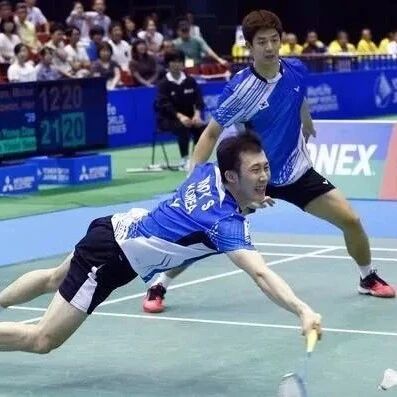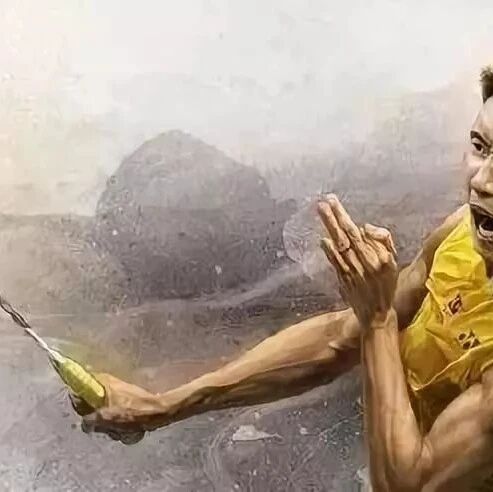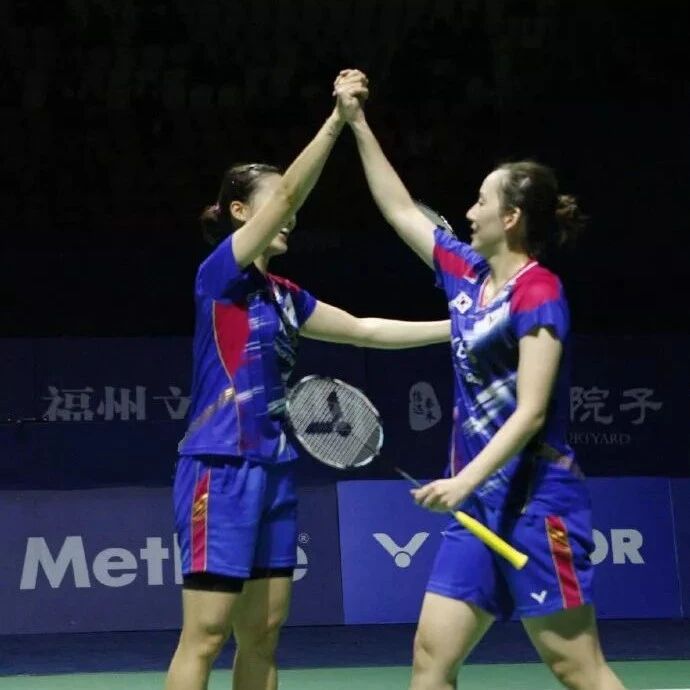Want a net-friendly, spinny drop shot in badminton? Dive right in and check it out!
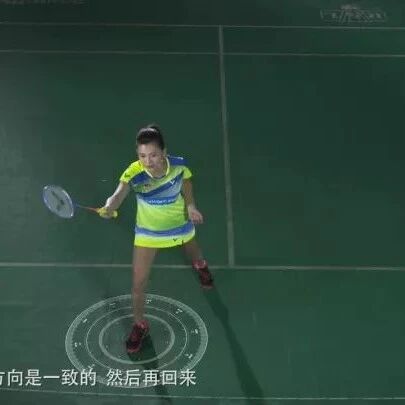

On the court, only by mastering the net can you force your opponent to lift the ball high—creating opportunities for more aggressive attacks. That’s why there’s a saying: "Mastering the net means dominating the game."
Mastering net play techniques offers numerous benefits, especially for amateur players: First, net skills don’t demand high physical fitness—mere technical practice is enough. Second, controlling the net area gives you more opportunities to launch effective attacks, particularly in doubles play.
Finally, as we get older, our physical fitness tends to decline—but focusing on the net game doesn’t hinder your doubles skills at all. In fact, the more you practice playing at the net, the more proficient you’ll become, enabling you to create even more opportunities for your teammates.
Among net-play techniques, the chop shot is the most dangerous, as the ball spins unpredictably during flight, making it incredibly difficult for opponents to hit the sweet spot—and thus leading to frequent errors. Though the chop may seem like a minor technique, it actually has wide-ranging applications on the court.
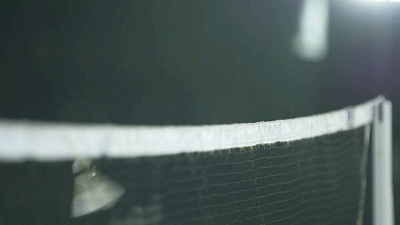
Spin Shot Technique: (Using the right hand as an example)
1. Preparation steps:Lower your center of gravity (half-squat), hold the racket with your dominant hand raised to chest level, keep your eyes focused on the net area, and prepare to move forward.
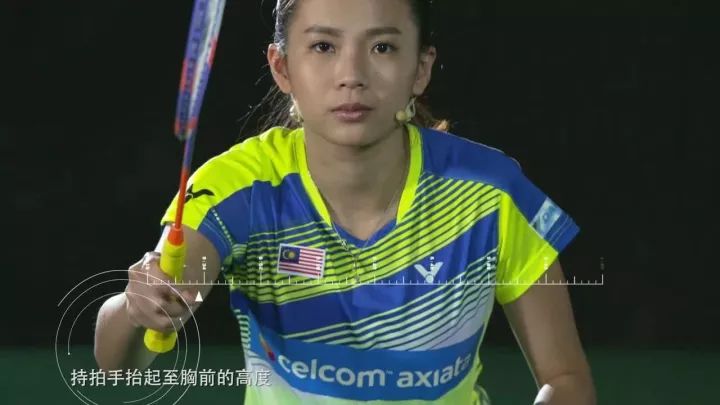
2. Online Actions:Push off with the left foot, step forward with the right foot toward the net, shift your weight onto your right foot, extend your arms fully, ensuring that the direction of your feet matches that of your hands—ready to strike the ball.
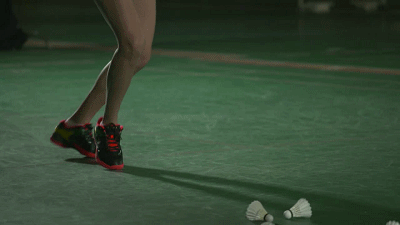
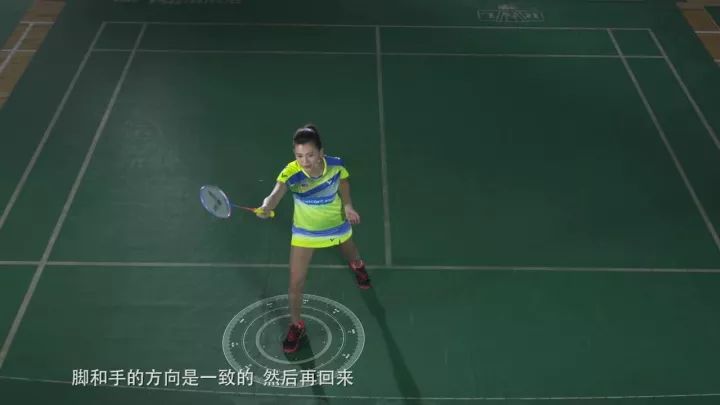
3. Swinging the racket to hit the ball:Using the elbow joint as the pivot, externally rotate the forearm while simultaneously flicking the wrist from extension to flexion—this motion slices under the ball's center, causing it to roll over the net.
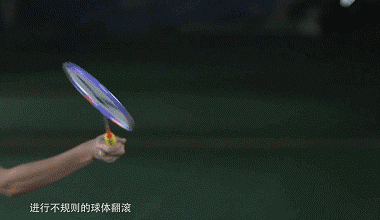
The backhand motion is the same.
4. Return: Go back the same way
Important notes:
1. When hitting the ball, focus on using a twisting motion with your fingers to generate power—avoid relying on your wrist or forearm.
2. Be sure to control your strength—otherwise, the ball can easily be hit too high. Keep your hands steady!
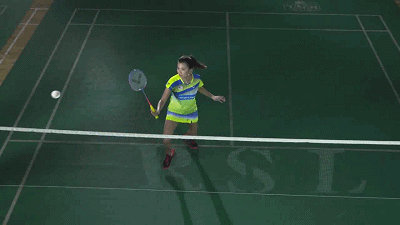
3. Pay attention to racket face control: When the ball is close to the net, it’s best to keep the racket face parallel to the ground; when the ball is farther away from the net, tilt the racket face upward at about a 45° angle to the ground, ensuring the ball travels forward effectively.
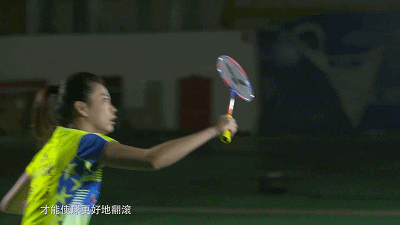
4. To make the ball spin dramatically, focus on swinging the racket face to slice—not hit—the ball's head.
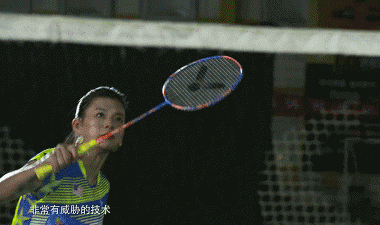
5. In, after executing a (push shot), especially when the quality of the is high, take a small step back. This position makes it easier to anticipate and react to your opponent's return to the net—so even if they lift the ball, you’ll have enough time to retreat effectively.
6. When the opponent drops a shot, when they angle the ball diagonally, or when exchanging short rallies at the net, you can use the chop technique to control the net area and look for opportunities.
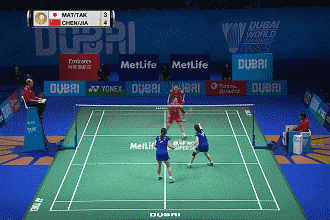
When the opponent drops a lob
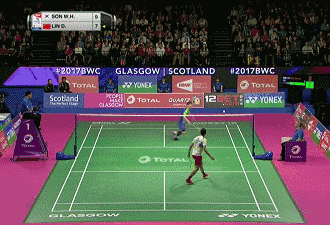
When the opponent crosses diagonally
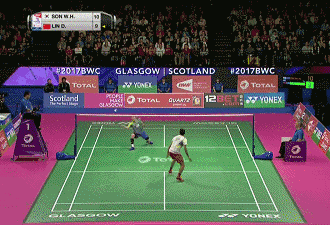
Mutually placing online
Training method:
1. The main player rolls the ball, while the practice partner tosses it.
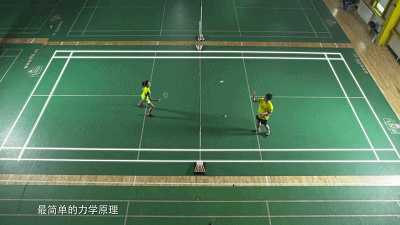
Forehand practice methods
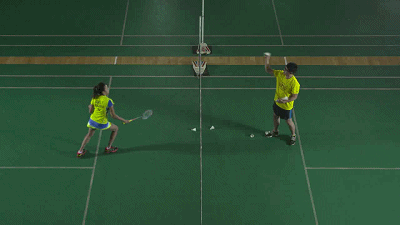
Backhand practice methods
2. Mutual practice sessions between the two sides
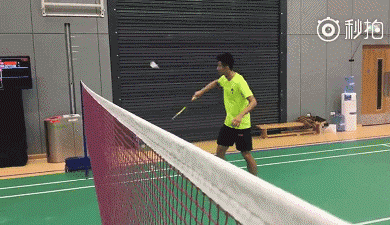
More article recommendations:
If you master this technique, you'll never feel flustered again when facing a smash.
Killing feels so satisfying yet doesn’t drain much energy—hitting the ball is just that easy.
Zhao Jianhua, Yang Yang, and Li Mao have prepared over 100 lessons for everyone, covering techniques like badminton net shots, backhand cross-court hooks, and smashes. Click "Read the Original Article in the Bottom Left Corner." If you're looking to improve your badminton skills, don't miss this—this is a must-see!

